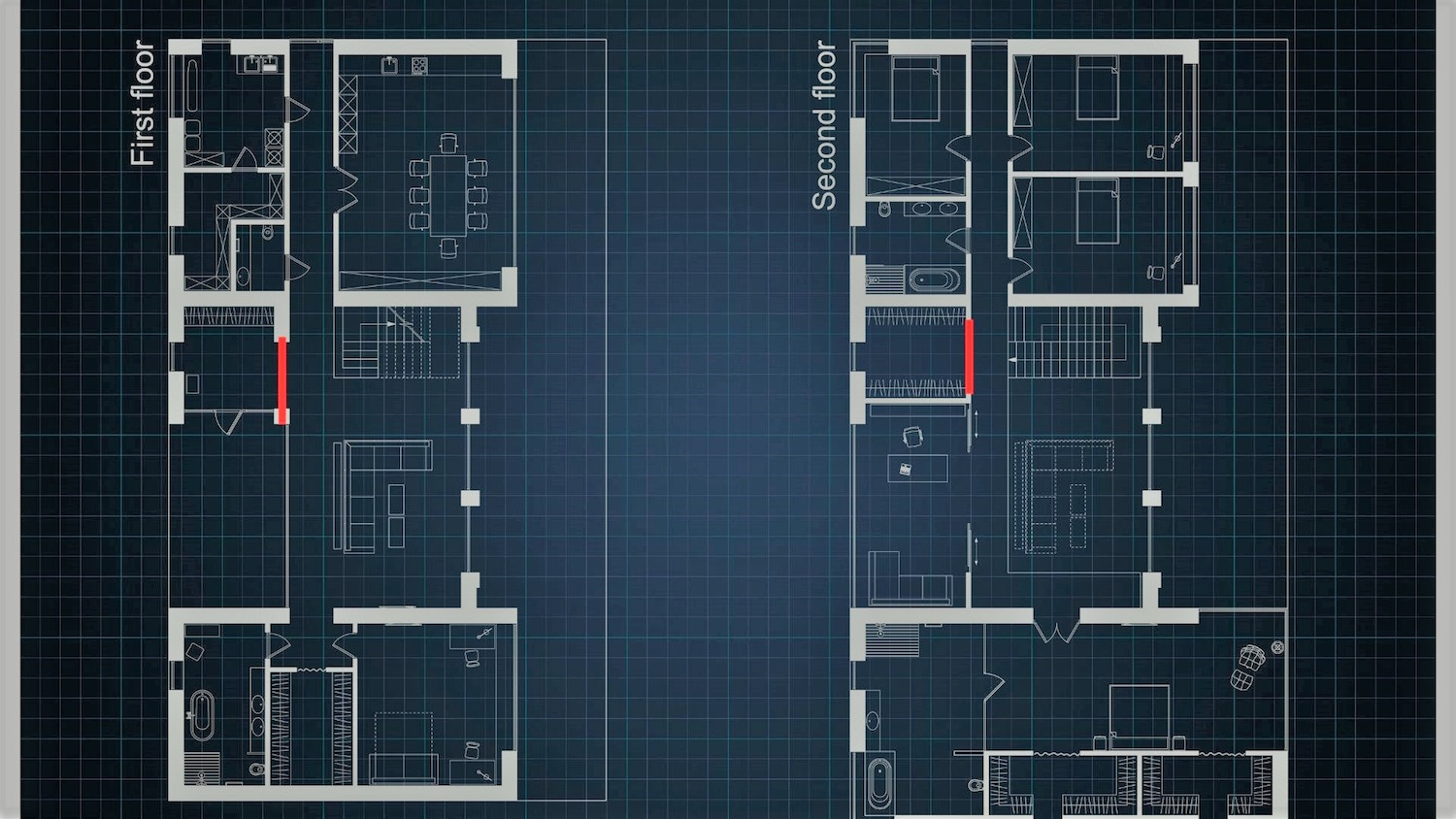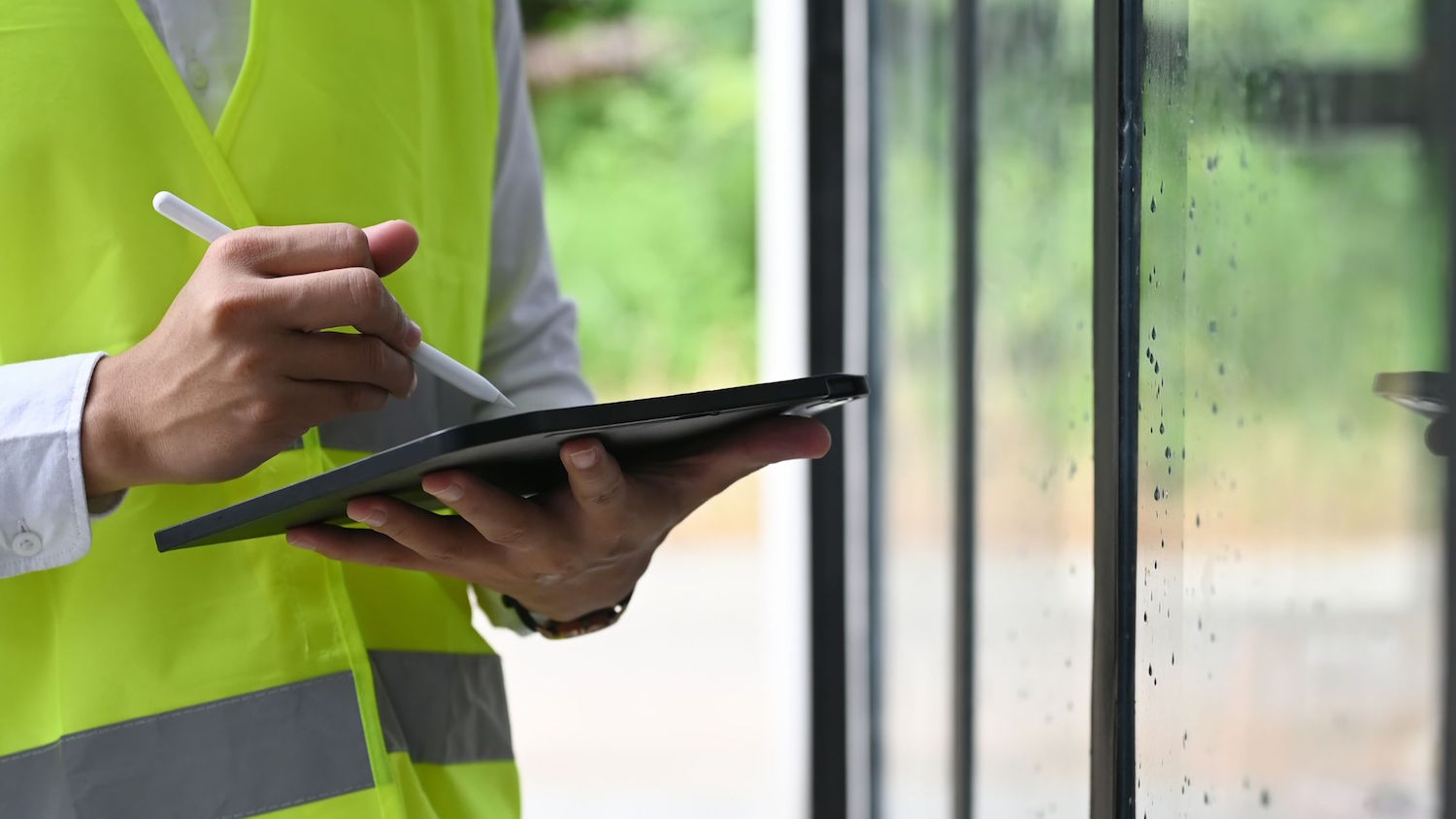
Since the Building a Safer Future Independent Review of Building Regulations and Fire Safety: Interim Report was published in 2017, the question of accountability and compliance with building safety regulations has taken centre stage in the sector. Here, Dr Ahmed Alnaggar, digital construction lead at the Construction Innovation Hub, explains how the D-COM project will help firms to understand the complex regulatory landscape and meet the requirements of the Building Safety Act.
The D-COM project introduces a proof-of-concept ‘digital compliance ecosystem’ that could open the door for innovative approaches to digital compliance checking, enable automation, reduce errors, make cost and time savings and ultimately improve building safety.
In the initial months after the tragic events of Grenfell, Dame Judith Hackitt identified a number of issues with the application of building regulations in the construction sector. The main argument was that regulations and guidance were too complex and unclear, leading to misinterpretation in their application in high-rise and complex buildings.
She also noted that there was widespread confusion between what fell within regulations, what was guidance and was concerned that Approved Documents were not produced in a user-friendly format.

“How can we use technology to improve the compliance checking process and deliver reliable, transparent building safety cases for risk owners?”
In 2018 she went further, citing ignorance of regulations at key stages of projects, indifference to building safety versus costs, a lack of accountability, no clarity on roles and responsibilities and inadequate regulatory oversight and enforcement tools. She added: “Regulations and guidance are not always read by those who need to, and when they do the guidance is misunderstood and misinterpreted.”
Fast forward to 2022 and the issue of compliance is playing out in a UK regulatory landscape that is becoming increasingly multifaceted, with the Building Safety Act and the new Building Safety Regulator to consider in addition to existing regulations, fire safety and emergency services enforcing authorities. We are witnessing not just a growing number of regulations, requirements and standards, but also the increasing need for auditability in all aspects of compliance checking.
Risk ownership and accountability
A clear model of risk ownership has now been established in the Building Safety Act. Rather than relying on regulators or assuming that responsibility for regulatory compliance will be passed down the chain, building safety cases will now need to be presented to regulators at all key stages of the building lifecycle.
Accountable persons will need to prove that building safety regulations have been considered before a building is allowed to progress to the next gateway, which encompass design stage, start on site and completion. A visible audit trail will be needed, in the form of a golden thread of information about the building, which includes details on who was responsible for ensuring building safety requirements were met and how the information about these requirements was managed at each stage.
This is a significant change. The additional pressure it will put on project teams at all stages of the build process is a true test for an industry that has only recently started to embrace digital record-keeping.
A digital solution for compliance
The D-COM project is part of the Construction Innovation Hub’s drive for digital transformation in the construction industry. Our ambition is to strengthen the case for change, and we have been developing guidance and tools to encourage organisations to benefit from data-driven decision-making and secure, resilient data sharing.
The questions we wanted to address were: How can we use technology to improve the compliance checking process and deliver reliable, transparent building safety cases for risk owners? How can we help businesses untangle a complex regulatory environment? Can we use digital technology to support the automation of the compliance checking process? And what digital technology can support this automation?
When we set out to address these questions with our partners at Cardiff University, we found that the manual compliance checking processes in the industry is labour-intensive, costly, error-prone and time-consuming. Stakeholder communications were often poor between different stages of construction, data formats were inconsistent and multiple technology platforms were in use. Often these did not effectively integrate with each other.
In our vision for D-COM, we saw a world where regulations were digitalised and machine-readable and where project teams could use technology to quickly identify requirements relevant to their project; where digital models could be checked against regulations automatically, giving greater certainty that all regulatory requirements are being met at each stage; and where the time and resources spent investigating root causes of failure at later stages in a project were greatly reduced.
How many Approved Documents does it take to install a door?

It quickly became apparent that to achieve this vision we would need to tackle various issues surrounding Approved Documents. In one example, we identified 17 Approved Documents that would apply to the installation of a new door in a high-rise building. In the documents, there is very little cross-referencing, version control is confusing, and a lack of product change control information makes it difficult to track alterations over time. In addition, Approved Documents are currently in PDF format, provided without the ability to copy and paste.
The basis of our D-COM project was not only to digitise Approved Documents, but also to translate them into machine-readable rules so they would be easier to compare against building and product information. As part of the proof of concept, the D-COM team has digitised Approved Documents L2A (Energy Management), Approved Document M (Accessibility) and Building Bulletin 100 (BB100), which is concerned with fire safety for school buildings.
D-COM’s ecosystem for construction compliance
“Current use of BIM software is not yet mature enough to support full automation. Important information is often left off digital plans and stored in offline documents.”
Our next step was to create a digital ecosystem to integrate the tools and data sources that firms must use as part of the compliance process. Our ecosystem includes a library of machine-readable Approved Documents and a “rule engine” that interprets and identifies relevant regulations to produce a set of rules a given project must adhere to.
The D-COM API then allows the integration of various technology platforms, which the rule engine can then interrogate for information to check against the rules. For the demonstrator, we worked with several technology partners, tackling different areas of the ecosystem including AEC3 UK, Solibri UK and PIF. The resulting ecosystem can successfully compare rules identified from our machine-readable documents with real-world 3D BIM models.
Finally, a web-based building control management interface allows a building control professional to review and determine the outcome of a building control application submitted using the compliance ecosystem.
The outcome is a system that has the potential to check building plans against Approved Documents before going to building control and provide project managers with an early view of compliance failures with very little human input. These can then be addressed at the design stage when making changes to plans is still a simple and relatively low-cost process.
Can building compliance be automated?
Our demonstrator project has shown that semi-automated checking of building designs is feasible. However, the current use of BIM software in construction is not yet mature enough to support full automation. Important information is often left off digital plans and stored in offline documents rather than being consolidated in one place.
“The true value of digital transformation is realised when effective information management is applied and chasms are bridged creating greater efficiencies.”
Digital evolution is occurring across our infrastructure. From the UK government’s BIM Mandate, the Construction Playbook and the introduction of the National Digital Twin Programme, to the increasing use of machine learning and AI in infrastructure, the direction of travel is steering towards an increasingly digital future.
The true value of digital transformation within the construction and infrastructure sectors is realised when effective information management is applied and chasms are bridged creating greater efficiencies, improved quality and consistency, reduced costs and increased resilience and agility.
The D-COM project demonstrates how innovative new solutions in this area will deliver huge benefits both in terms of building safety and in terms of efficiency and cost savings in compliance checking and risk management. While the current phase of the project is complete, we are interested in talking to industry professionals about potential real-world applications and demonstrators which could develop the concept further.
D-COM sits alongside other Hub projects around quality assurance processes (the recently launched CPQP), building product information and the Platform Rulebook, as compliance becomes a key factor in the development of new platform approaches to construction and offsite manufactured products, in the new regulatory environment.
This includes LEXiCON, which will drive the creation of standardised construction product templates and supports the goals of D-COM by making product information easier to compare against approved documents.
If you would like to know more, visit https://constructioninnovationhub.org.uk
Don’t miss out on BIM and digital construction news: sign up to receive the BIMplus newsletter.













